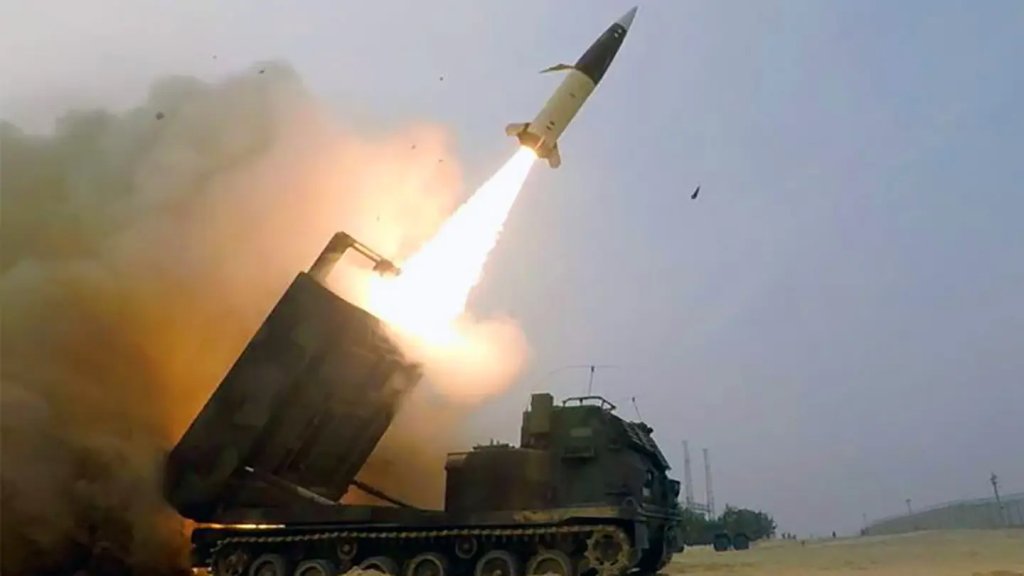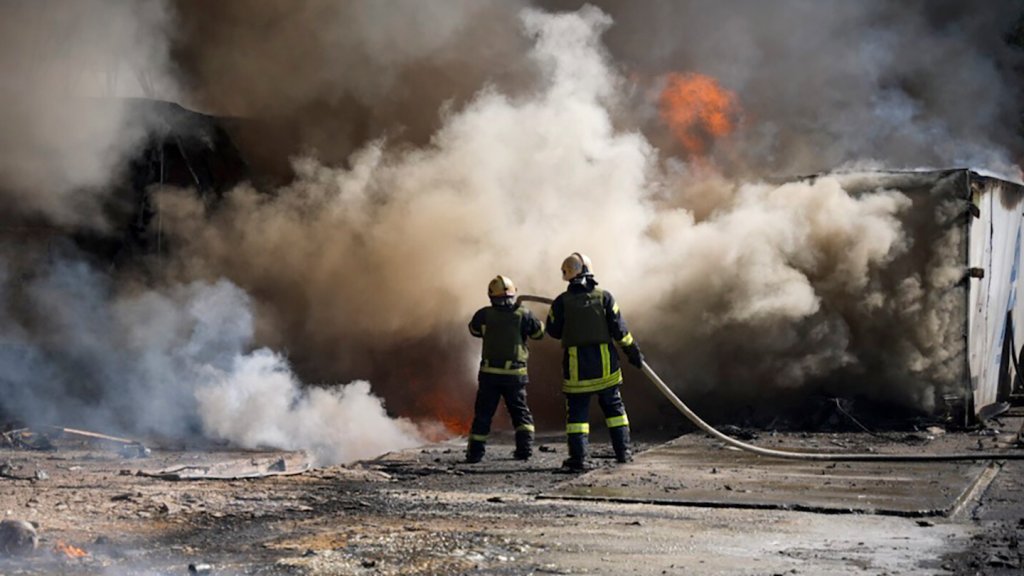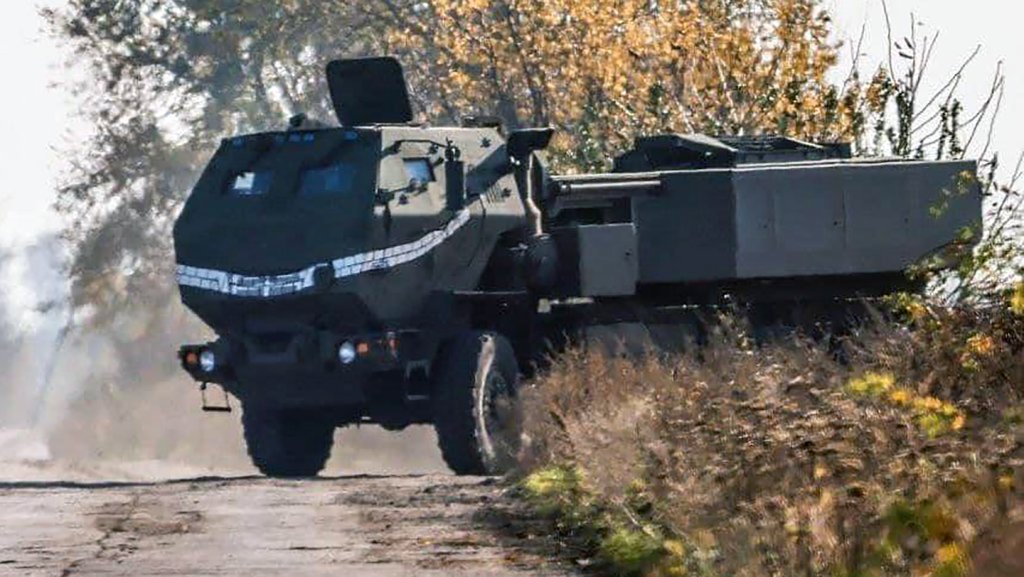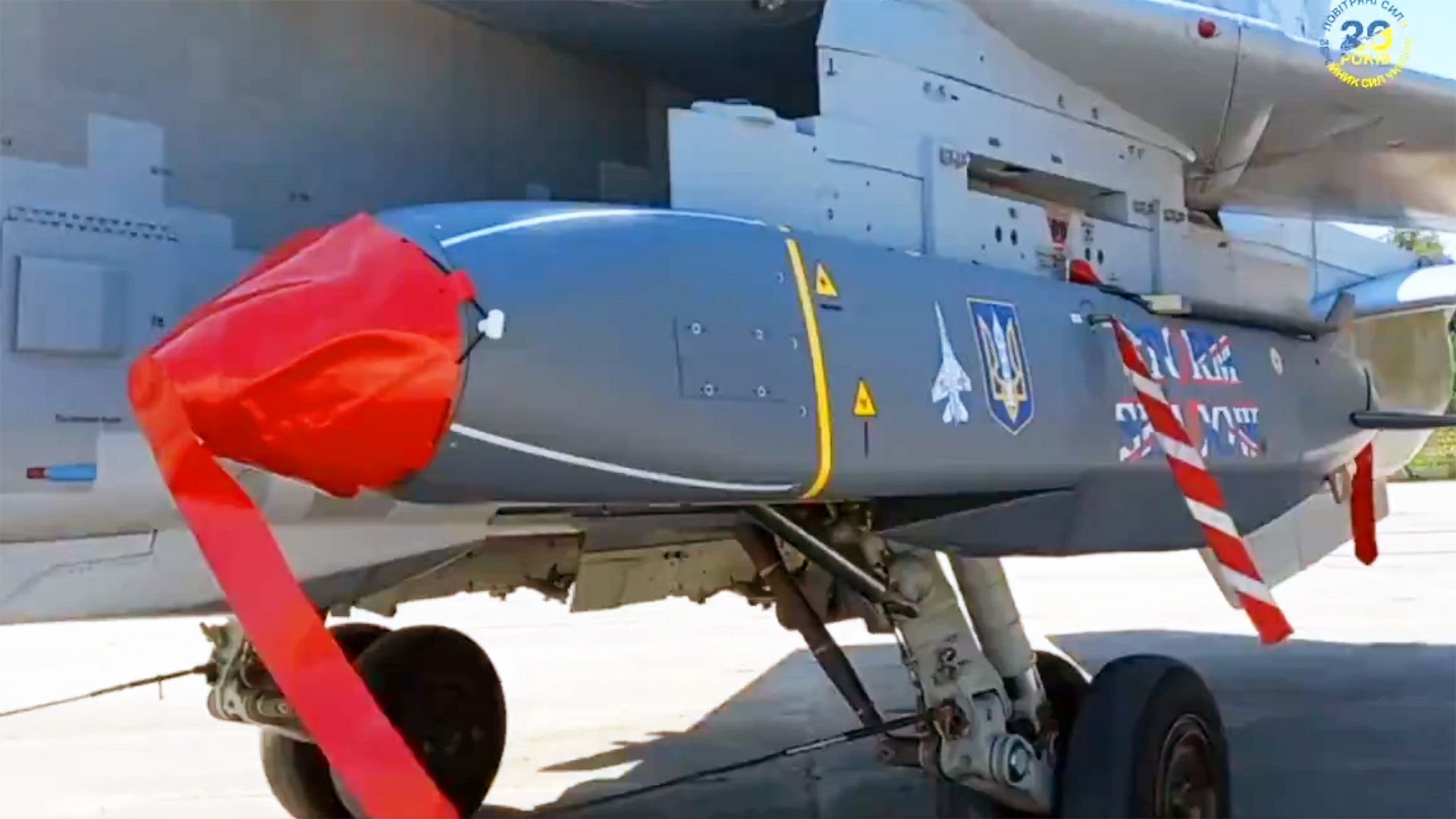In a major change of policy, Ukraine will be allowed to use British Storm Shadow air-launched cruise missiles against targets in Russia, according to the Guardian. That news came as U.S. Secretary of State Antony Blinken and U.K. Foreign Secretary David Lammy met with Ukrainian President Volodymyr Zelensky in Kyiv to talk about the future of the war.
“Wednesday’s joint visit to Kyiv by Blinken and Lammy to meet Zelenskiy would not be taking place had there been no positive decision regarding Storm Shadow,” the publication reported, citing anonymous government officials.

The news comes on the heels of comments by the Chairman of the U.S. House Foreign Affairs Committee that Blinken would tell Zelensky he can use U.S.-produced Army Tactical Missile System (ATACMS) short-range ballistic missiles inside Russia as well.

However, during a joint press conference Wednesday in Kyiv following their meeting with Zelensky, neither Blinken nor Lammy offered indications that such permissions are forthcoming. They both said they would discuss the matter with their respective bosses, U.S. President Joe Biden and U.K. Prime Minister Keir Starmer.
“Among other things, we discussed long-range fires, but a number of other things as well,” Blinken said of his meeting with Ukrainian officials. “I’m going to take that discussion back to Washington to brief the president on what I heard. I know that David is doing the same, and both of our bosses, no doubt, will discuss this when they meet …on Friday in Washington.”

One of the major reasons the Biden administration has so far declined permission for Ukraine to use ATACMS on Russian soil is the fear of expanding the conflict beyond Russia and Ukraine and escalating the standoff between NATO and the nuclear-armed country. However, when asked about those concerns, Blinken said it was Russia raising the stakes.
“We’ve seen Russia now pursue and indeed escalate its attacks inside Ukraine, on civilians, on energy infrastructure, as well as on the Ukrainian military that’s defending its country, and we’ve now seen this action of Russia… acquiring ballistic missiles from Iran, which will further empower their aggression in Ukraine. So if anyone is taking escalatory action, it would appear to be Mr. Putin and Russia.”

Iran too has escalated the conflict by providing those missiles, Lammy said.
“We’re very concerned about the escalatory action that we’re seeing from Iran particularly, we’ve looked at the breadth of things today, and as we’ve said, Of course, I go back to Keir Starmer able to assist him with some of the operational detail that we learned from the Ukrainians today.”
Russia meanwhile threatened retaliation should ATACMS or Storm Shadows hit its soil.
Moscow already said it suspects the Biden administration has changed its policy, said Kremlin spokesman Dmitry Peskov. The Russian response “will be an appropriate one,” he told reporters on Wednesday.
“The involvement of the United States of America and European countries in the conflict over Ukraine is direct, and each new step increases the degree of this involvement,” he said.
Close Putin ally Vyacheslav Volodin, the chairman of the State Duma, the lower house of parliament, said Moscow would be forced to use “more powerful and destructive weapons” against Ukraine if Kyiv started firing long-range Western missiles at Russia, according to Reuters. Deputy Foreign Minister Sergey Ryabkov said Russia would destroy any new ATACMS deliveries, the Guardian reported, citing the state news agency Tass.
On Tuesday, officials from the U.S. and the U.K. told The War Zone there had been no change in the restrictions imposed on donated weapons. In contrast, the Netherlands said there were no such impediments on its weapons, particularly the donated F-16 Vipers.
Zelensky and other Ukrainian officials have urged its allies to remove the restrictions so his country can hit Russian airfields and troop staging areas to reduce the threats they pose. The use of either ATACMS or Storm Shadow by Ukraine would greatly extend the number of targets they can reach.
In May, the Biden administration allowed Ukraine to use Guided Multiple Launch Rocket Systems (GMLRS) munitions fired by the M142 High Mobility Artillery Rocket Systems, or HIMARS and the M270 Multiple Launch Rocket System (MLRS) on targets in Russia. They have a range of up to about 50 miles.

Some ATACMS variants can reach nearly 200 miles, while the Guardian’s sources said it was likely that Urkaine’s Storm Shadows would at least reach about 190 miles, but the non-export configured missiles can go even farther. Those sources added that there would likely be unspecified restrictions placed on their use in Russia.
Any change in White House policy regarding the use of ATACMS would likely require a new tranche to be sent to Ukraine. Citing a U.S. official, CNN reported that “several hundred” ATACMS have been transferred to Ukraine “and Ukraine has used most of them.”
U.S. officials have tried to tamp down expectations about what these weapons could bring to the table for Ukraine.
During a press conference last week in Germany following a meeting of the Ukraine Defense Contact Group, U.S. Defense Secretary Lloyd Austin suggested that the airfields Russia uses to launch attacks on Ukraine were out of reach of these donated weapons.
“I don’t believe one specific capability will be decisive, and I stand by that comment,” he said. “I think Ukraine has a pretty significant capability of its own to address targets that are well beyond the range of ATACMS or even Storm Shadow for that matter.”
However, in August, Ukraine carried out drone strikes on two Russian airbases in the Voronezh region, both within the range of those weapons. Damage inflicted on the Borisoblebsk Air Base in Voronezh Oblast, about 185 miles from Ukraine, can be seen in the images below.
While Ukraine recently acknowledged it has drones that can reach about 1,100 miles, they don’t have nearly the punch of ATACMS or Storm Shadows, and for some variants of the former, the area effects. This makes it so many targets are just not addressable using drones, or doing so would only result in superficial or limited damage.
Barring any leaks, we may not know about the use of either weapon inside Russia until video or images emerge either from Ukraine showing them in use, or their wreckage found.
Starmer “wouldn’t expect me to go into detail about that at this press conference, because I am not prepared to give Putin the advantage,” Lammy explained. “But as the closest of allies, we look forward to discussions we will have, not just on Friday, but discussions I suspect that will go on over the next few weeks.”
Regardless, having the ability to strike even hardened targets hundreds of miles from the border will be a huge leap in capability for Ukraine and it will put everything from key logistical centers to bridges to airfield to command and control nodes, as well as air defenses and Russia’s own surface-to-surface missiles, at great risk. How that will change the trajectory of the conflict is unclear, but it would be a major problem for Moscow regardless.
Contact the author: howard@thewarzone.com
